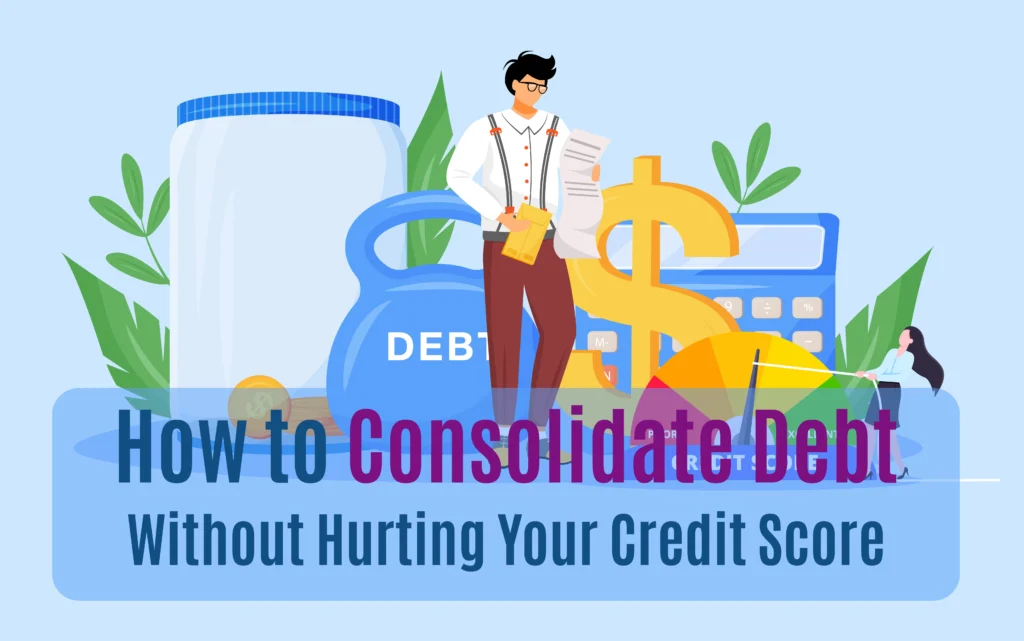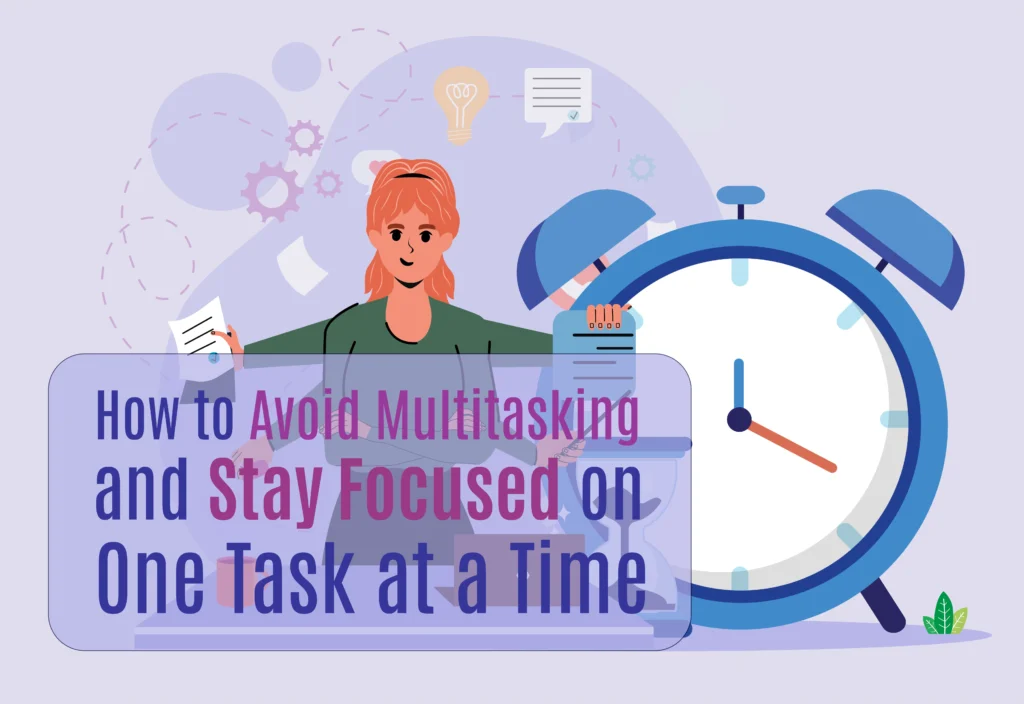9 Proven Debt Consolidation Strategies to Achieve Financial Freedom
Debt consolidation is a powerful tool to manage multiple debts effectively. Whether you’re dealing with credit card balances, medical bills, or personal loans, debt consolidation strategies offer various ways to simplify repayment and potentially lower interest rates. This article breaks down the top strategies to help you take control of your finances, reduce stress, and save money.
Debt consolidation combines multiple debts into a single, manageable payment plan, usually at a lower interest rate. By merging your debts into one monthly payment, it can become easier to manage finances and stay consistent with payments. With a clear strategy, debt consolidation can improve your financial situation over time, reduce your debt load, and set you on a path toward financial freedom.

How Debt Consolidation Works
Debt consolidation works by simplifying debt payments into a single monthly installment, often with a lower interest rate than individual debts. This strategy can reduce your monthly costs, extend repayment periods, and lessen the chance of missed payments, which might damage your credit score. Debt consolidation can also help by lowering your interest rate, making your debt more affordable over time.
Who Can Benefit from Debt Consolidation
Debt consolidation is most beneficial for individuals with multiple high-interest debts or for those who feel overwhelmed by keeping track of various due dates. It can be advantageous if you’re facing high-interest rates on credit cards or unsecured personal loans and want to save on interest in the long term.
Benefits and Risks of Debt Consolidation
Advantages of Debt Consolidation
- Simplified Payments: Combining multiple debts into one means fewer bills to keep track of, reducing the chance of missed payments.
- Lower Interest Rates: Consolidation loans or balance transfers often come with a lower interest rate, reducing the cost of your debt over time.
- Improved Credit Score Potential: Making consistent payments on a consolidated debt can improve your credit score by demonstrating responsible credit behavior.
Potential Risks of Debt Consolidation
- Extended Repayment Terms: Lower monthly payments can extend your repayment period, which might increase the total cost of debt in the long run.
- Fees and Penalties: Some consolidation strategies involve fees, which may offset any interest savings. It’s essential to read the terms carefully.
- Risk of Accumulating More Debt: If you’re not disciplined about your spending habits, consolidation may give a temporary sense of relief that leads to taking on new debts.
9 Debt Consolidation Strategies
1. Balance Transfer Credit Cards
Balance transfer credit cards allow you to move high-interest debt from other cards to one with a lower interest rate, often with a 0% introductory APR for a set period.
How to Find the Best Card: Look for balance transfer cards with long 0% APR introductory periods, ideally 12-18 months, and minimal balance transfer fees. Many cards charge a fee (typically 3%-5% of the transferred balance), so weigh the total costs before making a choice.
Key Considerations: Remember that once the introductory period ends, any remaining balance will be subject to the card’s standard interest rate, which could be quite high. Ensure you can pay off the balance before this period expires to avoid further costs.
2. Debt Consolidation Loans
Debt consolidation loans are specialized loans that combine multiple debts into one loan with a fixed interest rate, typically lower than credit card rates.
Personal Loans vs. Consolidation Loans: Personal loans can also serve as consolidation loans but may come with higher interest rates. A dedicated consolidation loan from a bank, credit union, or online lender can offer better terms designed specifically for consolidating debt.
Pros and Cons: Debt consolidation loans offer predictable monthly payments and fixed terms, making budgeting easier. However, eligibility may depend on your credit score, and some lenders may charge origination fees.
3. Home Equity Loans or HELOCs
For homeowners, a home equity loan or home equity line of credit (HELOC) can be an option. By leveraging your home’s equity, you may access lower interest rates.
Home Equity Loan Overview: A home equity loan provides a lump sum at a fixed interest rate, while a HELOC operates more like a credit card, allowing you to draw funds up to a limit as needed.
Risks and Benefits: Although these options offer low rates, they are secured by your home, meaning you risk foreclosure if you fail to make payments. Only consider this option if you have a stable income and are confident in your ability to meet payments.
4. 401(k) Loan
A 401(k) loan allows you to borrow against your retirement savings. While it can provide access to funds without a credit check, it’s important to approach this option with caution.
Using Retirement Savings Wisely: Borrowing from your retirement can be risky, as failure to repay will reduce your retirement savings. Plus, you may face penalties and taxes if you cannot meet repayment terms.
Eligibility and Repayment Terms: Usually, you can borrow up to 50% of your vested account balance, up to a maximum of $50,000. Repayment typically occurs within five years but varies by plan.
5. Debt Management Plan (DMP)
A debt management plan, or DMP, involves working with a nonprofit credit counseling agency to establish a structured repayment plan. Your counselor will negotiate with creditors to secure lower interest rates and waived fees.
Working with Credit Counseling: The agency distributes your payments to creditors, allowing you to focus on a single monthly payment. DMPs are an excellent option for those with high credit card debt and who need assistance negotiating with creditors.
Costs and Benefits: Although DMPs can help you reduce debt faster, they often involve fees. A DMP can improve financial habits and simplify debt repayment with professional guidance.
6. Debt Settlement
Debt settlement involves negotiating with creditors to reduce the overall amount of debt. Although this option can significantly reduce debt, it often requires a large lump sum payment to settle.
Negotiating Settlements: Many people hire a debt settlement company, though you can negotiate yourself. Creditors agree to settle the debt for less than the owed amount, but this approach typically hurts your credit score.
Pros and Cons: Debt settlement can provide immediate relief, but it usually results in a drop in your credit score. There may also be tax consequences for the forgiven amount.
≫ Related Post: The Pros and Cons of Debt Consolidation
7. Credit Card Hardship Programs
Credit card hardship programs are temporary arrangements with credit card companies to reduce payments or interest rates during financial hardship.
Applying for Hardship Programs: Credit card companies may offer relief to customers facing financial difficulties. This might include reduced monthly payments, a lower interest rate, or both.
Key Considerations: These programs are temporary, so it’s essential to have a longer-term debt reduction strategy in place. Always ask about any fees and how participation might impact your credit.
8. Debt Avalanche Method
The debt avalanche method focuses on paying off debts with the highest interest rates first, which minimizes total interest costs.
How the Debt Avalanche Works: You pay the minimum on all debts except the one with the highest interest rate. This method is best for those looking to reduce interest costs over time.
Pros and Cons: While it can save you money on interest, the avalanche method requires discipline, as results may take time. However, it’s highly effective in reducing overall interest costs.
9. Debt Snowball Method
The debt snowball method emphasizes paying off the smallest balances first to build motivation and momentum.
How the Debt Snowball Works: You focus on paying off the smallest debt first while making minimum payments on others. This approach is ideal for people who benefit from visible progress to stay motivated.
Pros and Cons: Although this method may cost more in interest, it offers a psychological boost, helping you see quick wins that encourage further progress.
Choosing the Right Strategy for You
Assessing Your Financial Situation: Begin by reviewing your financial standing, debt-to-income ratio, and credit score. Understanding these factors helps you choose a strategy that matches your financial needs and goals.
Consulting a Financial Advisor: If you’re uncertain, consult a financial advisor or credit counselor to discuss your options. Professional guidance can clarify which path will best suit your situation.
DIY vs. Professional Help
When to DIY Debt Consolidation
If your debt load is manageable and your credit score allows you to access balance transfer cards or low-interest consolidation loans, a DIY approach may be appropriate.
Benefits of Professional Assistance
Professional assistance can be beneficial if you’re dealing with overwhelming debt or need help with negotiations. Credit counselors, debt settlement companies, and financial advisors provide specialized advice and handle negotiations on your behalf.
Impact of Debt Consolidation on Credit
Short-Term Effects on Credit Score
Debt consolidation may cause a temporary drop in your credit score, especially if a hard inquiry is needed or if you’re opening new accounts. However, the long-term benefits of lower balances and consistent payments can outweigh this temporary impact.
Long-Term Benefits to Credit
When managed well, debt consolidation can improve your credit score by reducing debt balances and establishing a positive payment history. As you consistently make payments, your credit utilization decreases, which can positively impact your score over time.
Steps to Take After Consolidating Debt
- Setting a New Budget: Create a realistic budget that prioritizes debt repayment.
- Building an Emergency Fund: An emergency fund provides financial stability and can prevent future debt from unexpected expenses.
- Maintaining Financial Discipline: Track expenses, avoid new debt, and adjust your budget as necessary to stay on track.
Conclusion
Debt consolidation can be a powerful tool to streamline debt, reduce interest, and help you regain financial control. By evaluating your financial situation and understanding the best strategy for you, debt consolidation can pave the way toward a debt-free future. Take the first step today by assessing your options and creating a plan to achieve your financial goals.
















